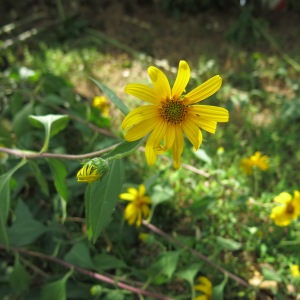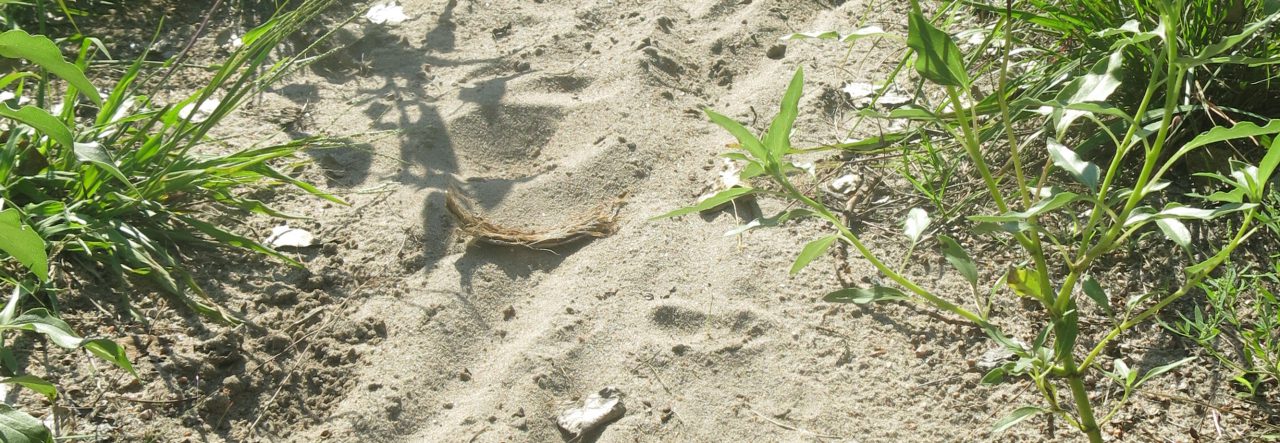
This time I am not talking about heaven, although I am certainly looking forward to “new heavens and a new earth” (2 Peter 3:13).
When we moved to Medicine Lodge, I gave up my beautiful garden that I had in the country. The garden was located in what used to be a sheep corral, and had rich, black soil. We added heaps of organic matter every year, to keep the soil friable and fertile. Will slashed ditch hay with his scythe, and the children and I forked the hay onto the truck so we could haul it to our garden. We also piled on aged wood chips, milo stalks, compost, and manure, resulting in a lush piece of earth.
Ahh, I loved that garden.
But then we moved to town, with a yard too small for a garden. Besides, the high water prices made watering a garden prohibitive anyway. I sadly watched my gardening days dribble into history.
(It’s ok. I count it as loss for the sake of Christ.)
Still, my gardening instincts managed to survive. A cold frame with lettuces growing in the spring. A cucumber vine crawling up the back fence. A row of zinnas showing off in front of our porch. A few pots of flowers and plants here and there. And the Jerusalem artichokes.
I suppose most gardeners are sympathetic with my itch to try growing new things. I’m intrigued with experimenting with different varieties, and with growing plants I’ve never grown before.
I’m not quite sure how the Jerusalem artichokes caught my fancy, but they did, and after several years of sensibly resisting, I finally broke down and bought a few tubers.
Jerusalem artichokes are very nutritious and easy to grow. Some people use the tubers as a substitute for potatoes, because they have a similar flavor, but without the starch of potatoes. They were first cultivated by Native Americans, then later spread to France and Europe.
We never got around to eating very many Jerusalem artichokes, and maybe it’s good we didn’t. John Goodyer, a 17th century English gardener wrote:
Jerusalem artichokes…are dressed divers wayes, some boile them in water…others bake them in pies…others some other way as they are led by their skill in Cookerie. But in my judgment, which way soever they be drest and eaten they stir up and cause a filthie loathesome stinking winde within the body, thereby causing the belly to be much pained and tormented, and are a meat more fit for swine than men.”
(Giggle.)
Stinking winde aside, I enjoyed seeing the plants marching along our yard fence! They stood erect and proudly green until a recent storm tumbled their courage. Some of the stalks managed to regain their dignity. Others remained helpless on the ground with their golden flowers floating around them like a ballerina’s skirt.


I’ve derived a lot of joy from seeing my golden Jerusalems in the back yard.
——————–
What whimsical plants have you seen or grown?


Thanks to your post, I actually noticed Jerusalem artichokes in someone’s yard (grin). I love serving nutritious food to my family, but I am somewhat of a timid gardener. Thanks for the inspiration to try new things!
LikeLike
Rosi, could you make your front yard into a decorative, edible landscape garden? Not much else to do with it. You could spend this winter dreaming and planning it.
We planted onions, basil, carrots and peppers in our front flower bed, which is about twice the size of your zinnia bed. We grew a carrot that is over 10 inches around at the top, and 8 inches long!
I just found the blog Urban Homestead, about a family that grew 6000 pounds of produce on their 1/5 acre in the city. If you really want to garden, it can be done, even in Medicine Lodge.
LikeLike
I’ve toyed with some of those ideas. The biggest problem for us is the water cost, so we need to figure out a way around that! Zinnias don’t take much water, and we often watered them with water we already used in the house. We’d have to be more careful what water we use on plants that we eat! 🙂 But maybe we’ll get something figured out!
Wow, that is a big carrot! I bet Scott was impressed.
LikeLike